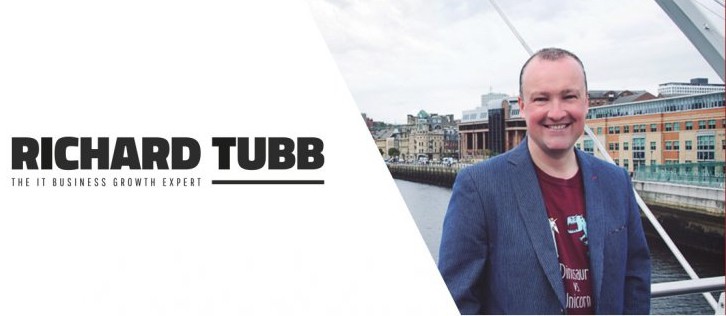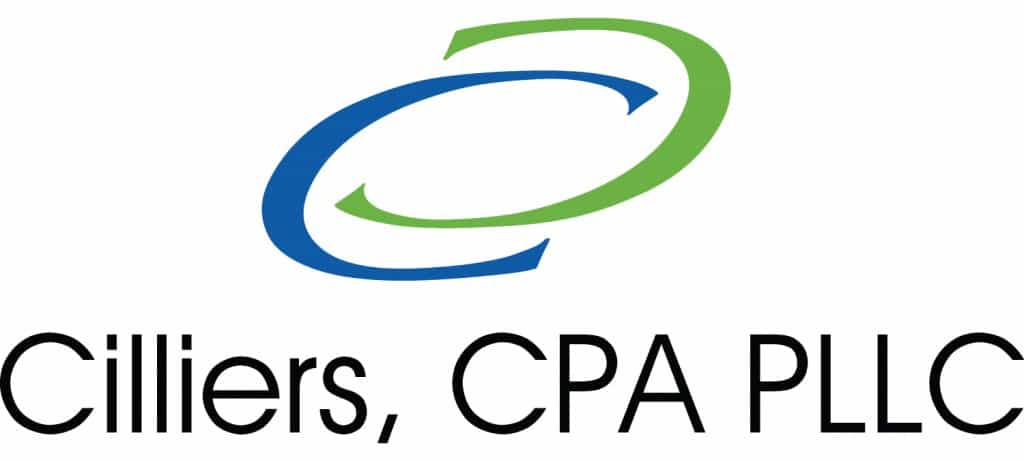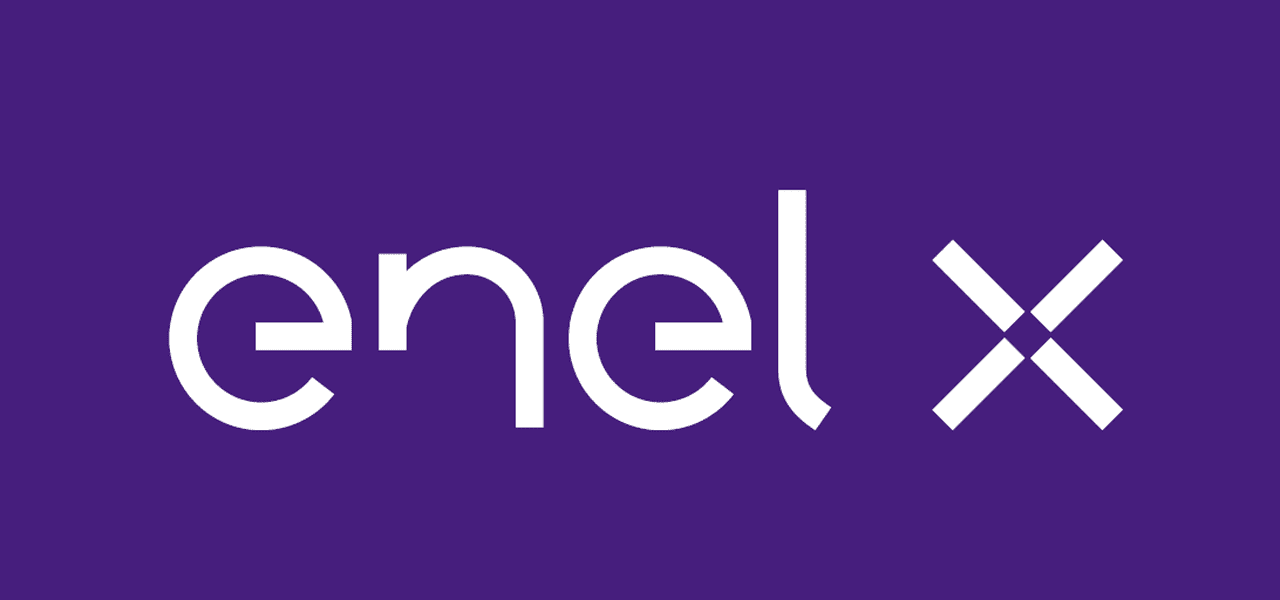
Richard Tubb provides knowledge and tactics to help people grow their IT business by freeing up their time, and concentrating on increasing profits.
Richard Tubb, a UK based IT growth consultant, has been a checklist advocate for years. It is a familiar story how it all began. His team was working on a deliverable where they typically excelled, but this time was different. They forgot a detail. It was this memory blunder that helped him reevaluate how he manages projects. Thanks to checklists, efficiency was improved and details were no longer missed.
“It was a tipping point where we realized that even though we have all this knowledge in our head, in a chaotic environment, there is no way that any human being can keep track of all the things they need to do to be successful.” –
-RICHARD TUBB
Why more IT companies should use checklists…
IT professionals are well trained at their craft. It is a highly skilled profession where some might question, why would someone in IT need checklists? Checklists in any industry are a way of ensuring people are operating at the highest standard consistently. In a profession where a lot of your interaction takes place behind a screen, it is the easiest and most efficient way to collaborate with other people on your team.
4 Checklist Benefits…
1. Cost savings and better use of time
“The IT companies that I’ve worked with who used checklists effectively realize that if you’ve got a checklist in place it enables competent, trained people to do processes faster.”
-RICHARD TUBB
2. Growth
Retention of staff is becoming increasingly challenging and it is important that you use your employees in the correct way. By spreading around the more mundane tasks or assigning them to the appropriate people at your company, you free up the time of your more senior staff allowing them to invest time where you need them.
“The companies that have grown have realized that checklists make it easy for them to spread the load throughout a team and properly utilize different skills.”
-RICHARD TUBB, THE IT BUSINESS GROWTH EXPERT
3. Happy employees
Checklists are the opposite of micromanaging. For instance, it allows managers to provide direction to their staff, outline expectations of tasks that must be completed, and provide the opportunity for feedback. They create a cohesive environment of transparency and productivity.
4. Consistency
Tubb recognizes that IT can be a very distracting business. The phone rings, an engineer asks you a question, you get sidetracked. Rather than trying to backtrack every time something steals your attention, you can refer back to the checklist and pick up right where you left off.
Checklists for IT..
In his own business, Richard uses checklists for almost every process from onboarding new clients, writing and publishing blog posts, monthly financial statements, preparing for podcast guests, and preparing for speaking engagements.
A few basic checklists he recommends for firms to get started using checklists in their IT areas.
New Employees/Users
This is a task IT departments need to manage every day – either for new employees or setting up existing employees with new computers. These checklists include setting up a user with email, active directory accounts, printer set-up, software installations, additional privileges, etc.
Computer Disposal
According to Tubb, computer disposal checklists are massively overlooked and there’s a significant risk for doing this incorrectly. Properly dismantling a hard drive with proprietary data stored on it is essential when getting rid of a computer. A disposal checklist could include steps about wiping data from the machine, properly recycling parts, and providing the client with a guarantee of proper disposal.
“In my experience the most progressive and growth-oriented IT companies use checklists because they understand that it gives them a sustainable, consistent way of growing with a high level of customer service and a high success rate.”
-RICHARD TUBB, THE IT BUSINESS GROWTH EXPERT





